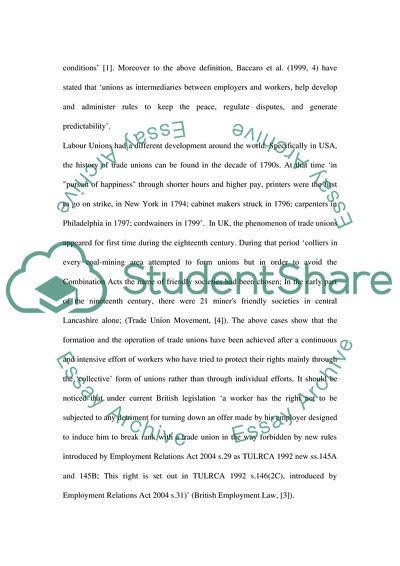Cite this document
(How Might Unions Attract Employee Support Essay, n.d.)
How Might Unions Attract Employee Support Essay. Retrieved from https://studentshare.org/human-resources/1704653-coursework-assignment-for-human-resource-management-in-organisations
How Might Unions Attract Employee Support Essay. Retrieved from https://studentshare.org/human-resources/1704653-coursework-assignment-for-human-resource-management-in-organisations
(How Might Unions Attract Employee Support Essay)
How Might Unions Attract Employee Support Essay. https://studentshare.org/human-resources/1704653-coursework-assignment-for-human-resource-management-in-organisations.
How Might Unions Attract Employee Support Essay. https://studentshare.org/human-resources/1704653-coursework-assignment-for-human-resource-management-in-organisations.
“How Might Unions Attract Employee Support Essay”, n.d. https://studentshare.org/human-resources/1704653-coursework-assignment-for-human-resource-management-in-organisations.


